The 15th ASEAN Ministerial Meeting on the Environment (AMME 15) and the 15th ASEAN Meeting on Transboundary Haze Pollution have acknowledged the achievements and progress of regional environmental protection and cooperation on a number of environmental issues, in particular prioritized actions and initiatives taken on environmental sustainability to further promote environmental cooperation in the region.
At the meetings which were held in October in Siem Reap, Cambodia, the ministers expressed concern over the severity and geographical spread of the recent smoke haze affecting various ASEAN countries in the north and south of South East Asia. They reviewed the implementation of the ASEAN Agreement on Trans-boundary Haze Pollution (AATHP) and reaffirmed their commitment through concerted national efforts and regional cooperation to effectively implement the AATHP and the Roadmap on ASEAN Cooperation towards Trans-boundary Haze Pollution Control with Means of Implementation to achieve a Haze-Free ASEAN by 2020.
The ministers met their counterparts from Japan and Plus Three countries (China, Japan, and the Republic of Korea) at the ASEAN-Japan Ministerial Dialogue on Environmental Cooperation and the 16th ASEAN Plus Three Environment Ministers Meeting to review current activities and discuss future strategic cooperation in such areas as biodiversity, climate change, environmental education, environmental science and technology, environmentally sustainable cities, and marine plastic debris, amongst others.
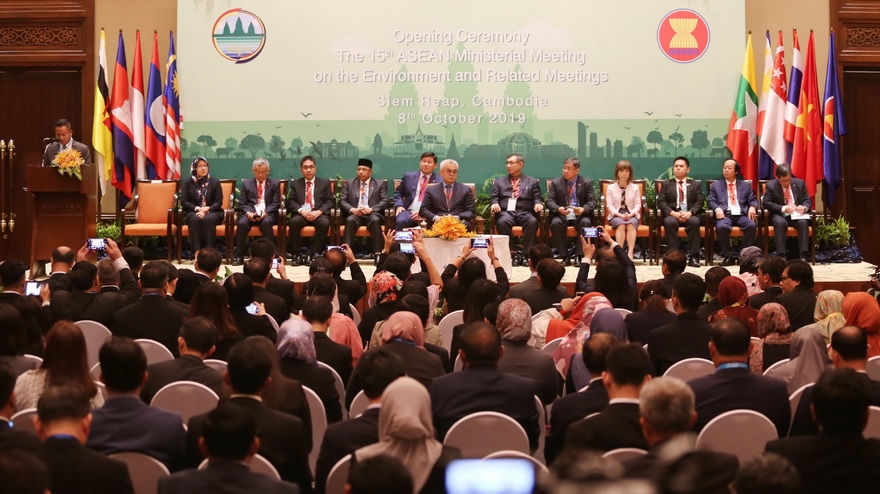
The 15th ASEAN Ministerial Meeting on the Environment (AMME 15) and the 15th ASEAN Meeting
on Transboundary Haze Pollution in Siem Reap, Cambodia, adopts acts against smog. Photo: VNA
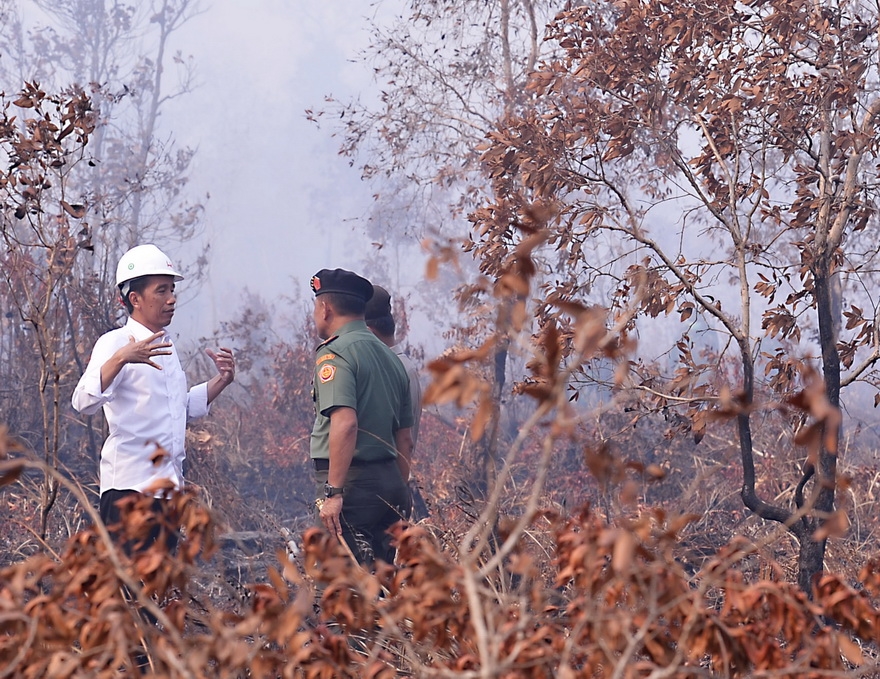
Indonesian President Joko Widodo (left) inspected a forest fire area in South Sumatra on September 6. Photo: AFP/VNA
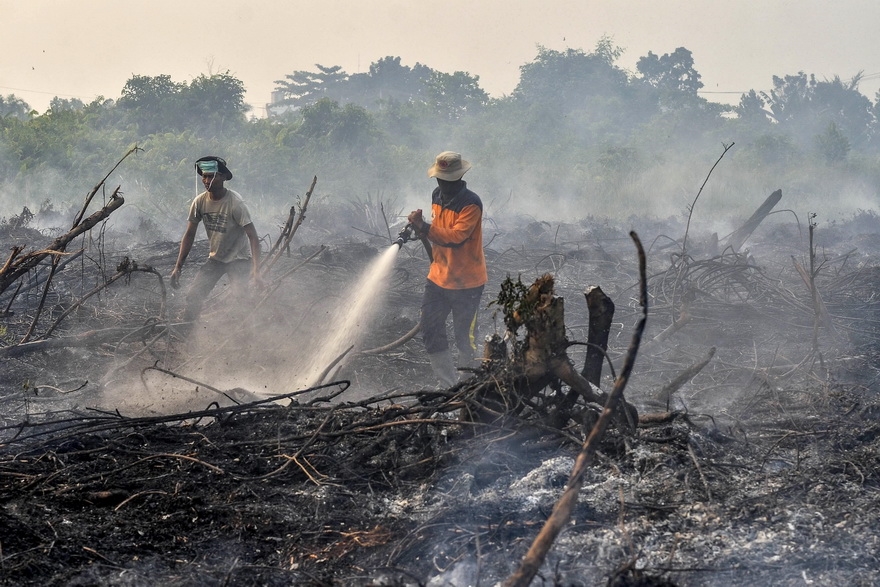
Fighting a forest fire in Kampar, Indonesia on September 16. Photo: AFP/VNA
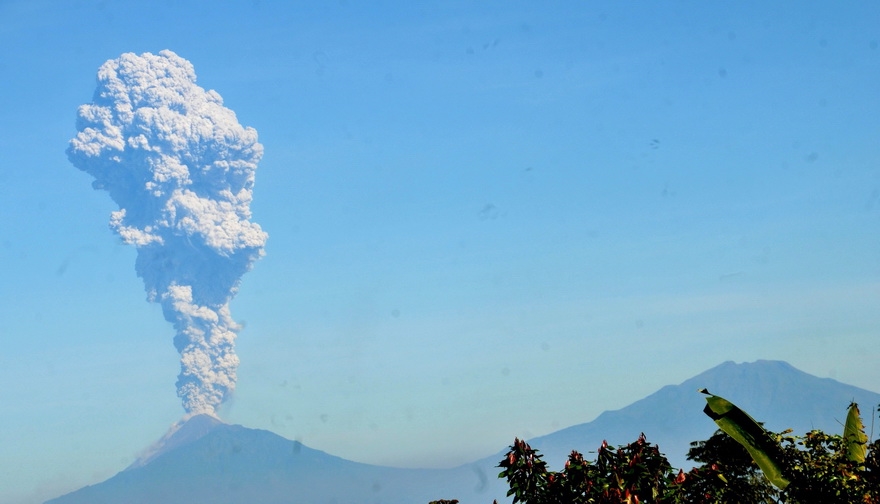
Ash from Merapi volcano seen from Karanganyar, Central Java, Indonesia on June 1, 2018. Photo: AFP/VNA

Traffic at rush hour is a cause of air pollution in Hanoi. Photo: Quang Quyet/VNA
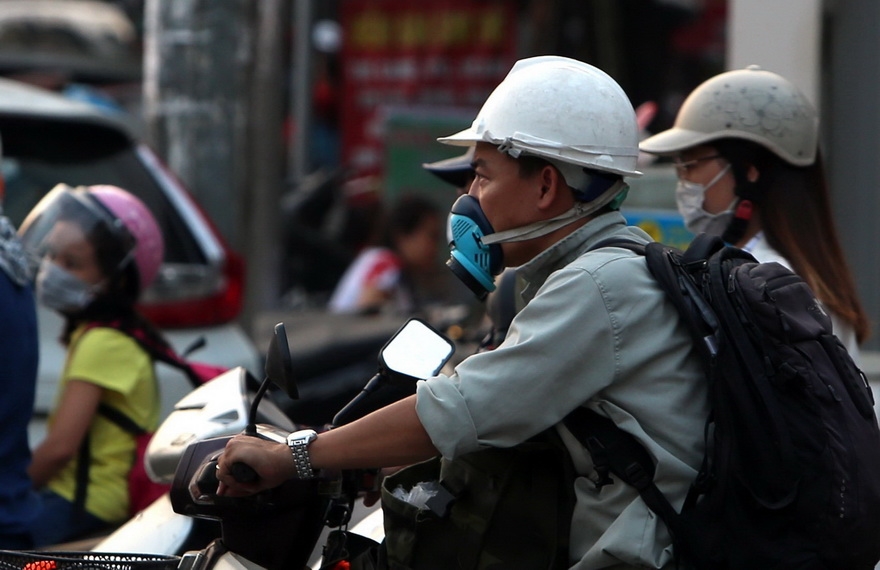
Hanoians use special anti-dust masks while on the road. Photo: Danh Lam/VNA
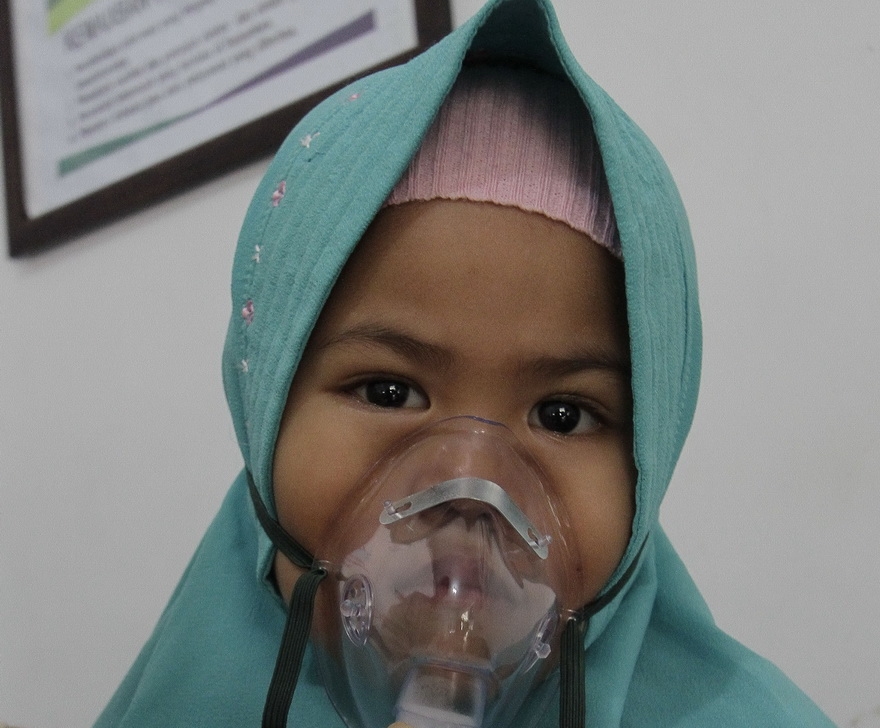
A child suffering from respiratory system inflammation caused by smoke
from a forest fire was treated at a medical center in Riau, Indonesia on September 15. Photo: Xinhua/VNA
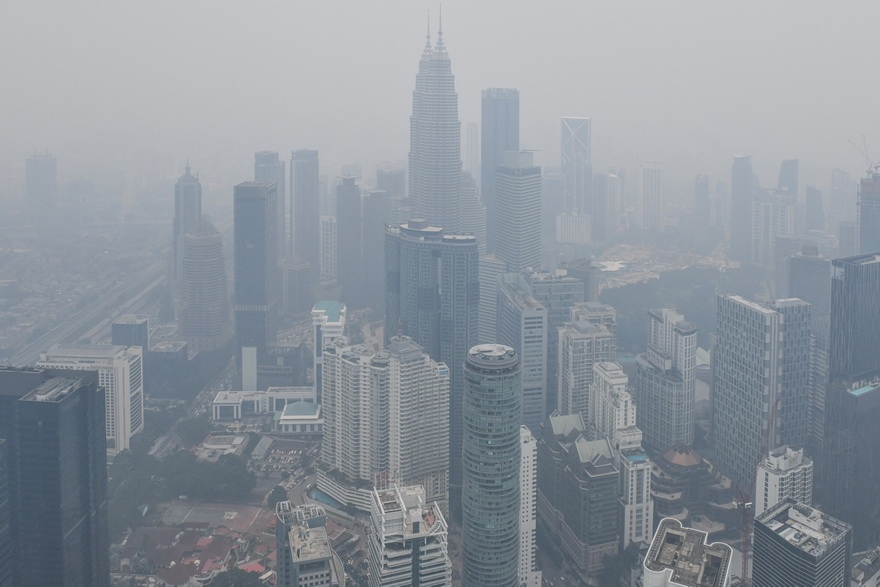
Smoke from forest fires from Indonesia engulfed Kuala Lumpur on September 11. Photo: AFP/VNA
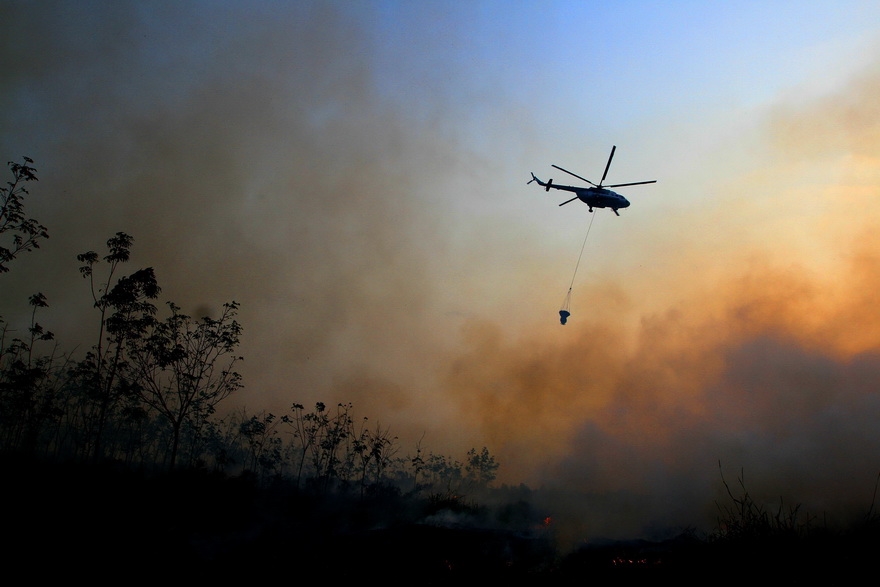
A helicopter dumps water on a forest fire in Ogan Ilir, South Sumatra, Indonesia. Photo: AFP/VNA |
They looked forward to a successful outcome of the 25th session of the Conference of the Parties (COP25) to the United Nations Framework Convention on Climate Change (UNFCCC). They endorsed the ASEAN Joint Statement on Climate Change to COP25 to United Nations Framework Convention on Climate Change (UNFCCC) which will take place in December in Santiago, Chile.
Vietnam has been active in tackling haze pollution, according to Minister of Natural Resources and Environment Tran Hong Ha. The country has adopted a national plan of action on air quality management to 2020, with a vision to 2025, which was approved by the Prime Minister. This plan sets specific targets for 2020, including 80% of steel, chemical and fertilizer plants treating up to environmental standards dust and gas including sulfur dioxide (SO2), nitrogen dioxides (NO2) and carbon monoxide (CO); and 90% of power plants, 80% of cement factories and 70% of steel, chemical and fertilizer plants installing continuous emissions monitoring systems by technical standards on environment and emissions inventory.
Vietnam has taken measures to reduce PM10 (particulate matter 10 micrometers or less in diameter) and PM2.5 (particulate matter 2.5 micrometers or less in diameter) at major emission sources such as industry, energy, construction and traffic in large cities.
Story: VNP - Photos: VNA